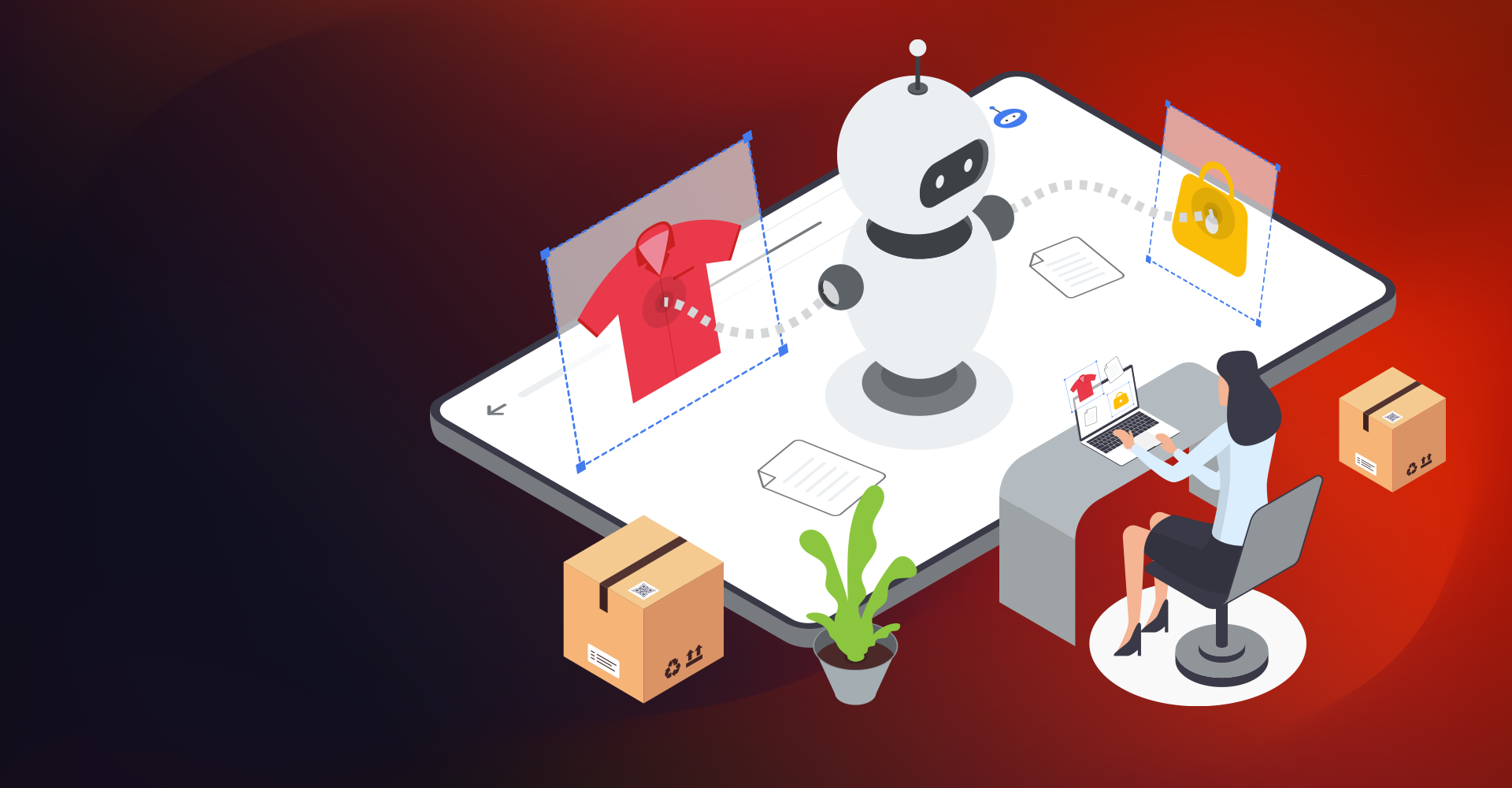As evolution of internet in 90s then cloud computing 2000, more companies started building product and related offering which can be access over internet. This product are categories as subscription services and companies adopted Subscription selling business model.
This selling model helping customer as they are responsible for paying for recurring price at regular intervals for access to a product or services. Subscription offers periodic (monthly, yearly, or seasonal). Thus, selling products once on contract helps companies to get recurring revenue till contract term ends.
Read the blog: Oracle Subscription Contracts - 4 Ways to Save (and Earn) Money
Almost all digital industries using subscription selling business model Video/Audio streaming, satellite television/radio, mobile network operators, internet providers, software publisher companies, blogging website provider and all cloud computing companies.
In short instead of buying as product customer started renting/accessing services as per his convenience.
Companies also started selling their services in customized (by Customers) packages by grouping of products.
Contract between customer and provider is used to define each subscription product period in term of Hour/Month/Year.
Benefits:
- Reporting for accurate revenue
- Forecasting of sales pipeline in amount
- Commissioning for sales rep
- Tracking churn value and rate
- Syncing revenue amount between CRM and ERP
In Salesforce CRM, Opportunity holds all sale information including product its amount and term.
We track Start date, End date, discount all this information of product in OpportunityLineItem.
If CPQ system is used, then all above information is track on Quote and Quote Lines and flow back to Opportunity and Opportunity Line.
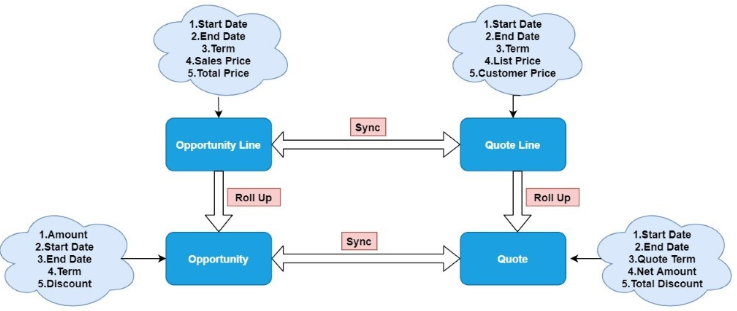
So, companies started tracking of profit and revenue, booking metric for all recurring or one-time services using below terms.
Recurring Revenue
- MRR: This is monthly recurring revenue for a product. It’s calculated based on customer price divided by term of that product. We should be excluding one-time products for calculation of MRR.
- ARR: This is Annual Recurring Revenue for a product for single calendar year i.e. 12 months Its calculated by annualizing MRR value of that product. MRR*12
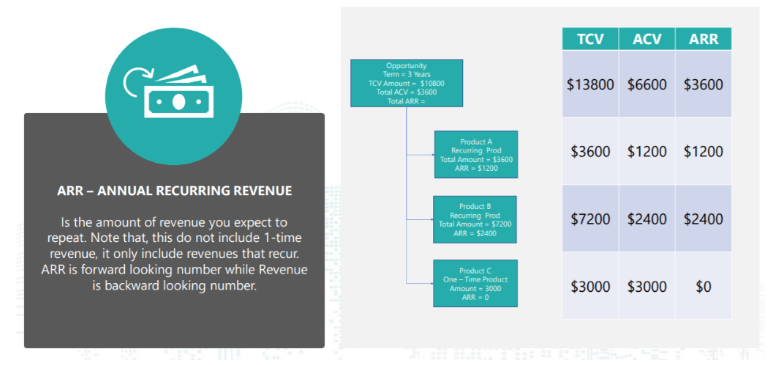
ACV: This is Annual Contract value tracked on Contract for 12 months from start date of contract. Irrespective of contact term it might be greater than 12 or less.
This is calculated as MRR *12+ Price from One-time product.
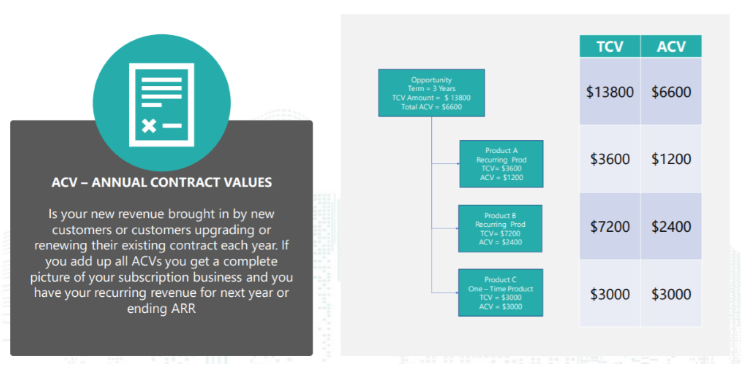
- TCV: This is Total Contract value tracked on Contract considering all contract term and all product sold on that contract.
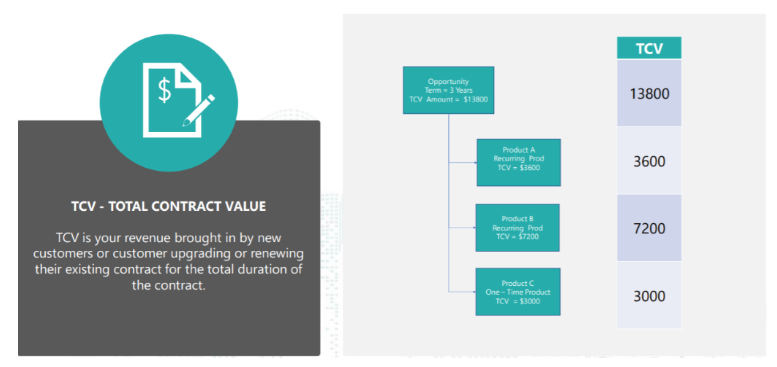
CHURN:This is calculated on downgrade of product or loosing customer on Renewal.
Gross MRR churn calculates MRR lost in month/MRR at the beginning of the month.
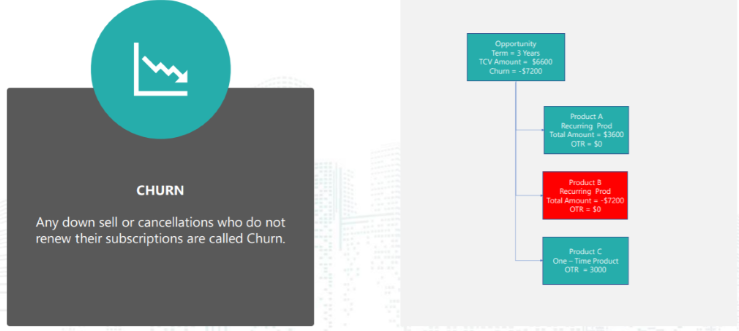
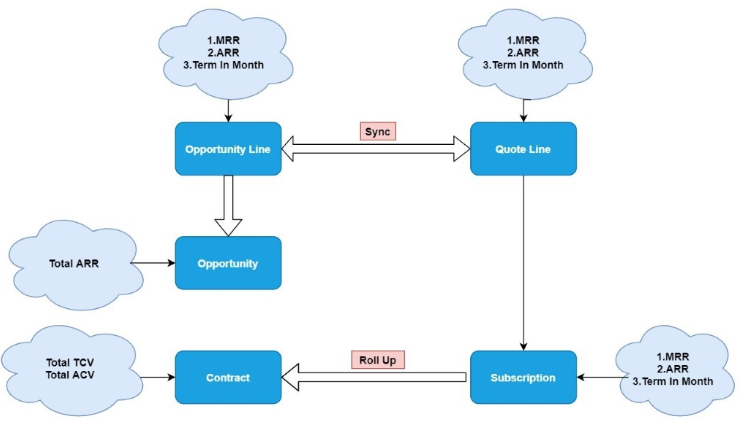
In case of upselling/crossing opportunity on amendment contract it will be roll up on Account as,

There is no standardize logic for calculation of these metrics, companies prefer to include their own logic and term.
For example, there might be different logic for renewal opportunity (Which might be without product or adding extra uplifting of pricing on product level) to have customizable forecasting.
We can achieve calculation of these metric by using
- Salesforce Formula field on Opportunity and Opportunity Line
- Roll-up Summary field on Opportunity and Account
- Workflow rule with field updates
- CPQ twin field logic between objects
- CPQ pricing rule and actions
- Periodically setting up field for complex logic using schedule Apex
Thing to be Considered before implementation
- Tracking of Start date and End date on Quote or Quote Line
- Calculating accurate Term in Hour/Month/Year on Quote line and Opportunity Line using Start date/End date. (Leap year)
- Identify subscription and one-time product
- Multi-currency set up with advanced date currency
- Locking of opportunity/Quote record after specific stage
- Rounding of price and Number of decimal places allowed
- Setting up correct currency on Report and Dashboard
- Blocking pricing and discounting
- Opportunity product Amount and Quantity scheduling
To know more about how you can utilize Salesforce CPQ to optimize Sales during the ongoing pandemic, please watch our on demand webinar "Webinar Top 3 tactics to optimize sales during a pandemic with Salesforce CPQ"













